Chapter Summary - Chapter Summarization Tool
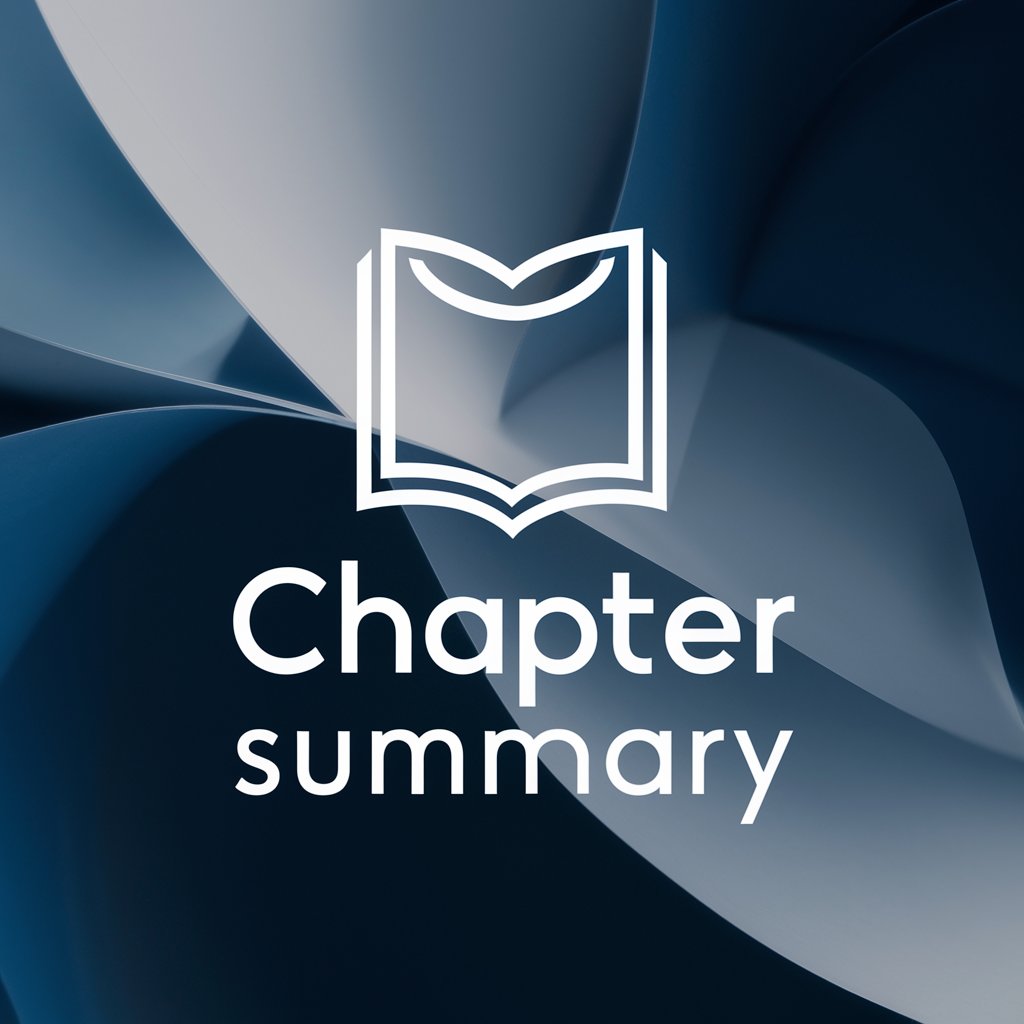
Welcome! Let's dive into the essence of your book chapter.
Summarize complex chapters effortlessly with AI.
Summarize the key arguments presented in the chapter...
Highlight the main findings and results discussed in the chapter...
Explain the methodology and research approach used in the chapter...
Describe any historical or contextual information provided in the chapter...
Get Embed Code
Understanding Chapter Summary
Chapter Summary is designed as a specialized AI tool aimed at providing concise, insightful summaries of book chapters or academic articles. Its core purpose is to distill complex information into digestible, easy-to-understand sections that highlight the main ideas, evidence, and conclusions. This capability is particularly useful in contexts where readers need to grasp the essence of detailed texts without delving into every aspect of the original material. For example, a student might use Chapter Summary to quickly understand the key points of a textbook chapter for study review, or a researcher could summarize articles to identify relevant literature for their work. The design emphasizes clarity, relevance, and the ability to extract and present the most significant parts of a text, bridging the gap between comprehensive reading and the need for quick comprehension. Powered by ChatGPT-4o。

Key Functions of Chapter Summary
Identifying Central Ideas
Example
Summarizing a chapter on climate change by highlighting the main argument that human activities are the primary cause, supported by data on rising global temperatures and greenhouse gas emissions.
Scenario
Useful for educators preparing lesson plans or lecture notes, where they need to convey the crux of complex topics simply and effectively.
Outlining Methodology and Findings
Example
Detailing the research approach and results of a study on the effectiveness of a new educational technique, including the statistical significance of the findings.
Scenario
Beneficial for scholars or students who are conducting literature reviews and need to quickly assess the relevance and contributions of various studies.
Providing Contextual Information
Example
Explaining the historical background and theoretical framework underpinning a chapter on modernist literature, linking it to broader literary movements and key authors.
Scenario
Ideal for readers looking to deepen their understanding of a subject's background without requiring extensive research into secondary sources.
Ideal Users of Chapter Summary
Students
Students across various levels of education who need to quickly grasp the essence of readings. Chapter Summary helps them prepare for exams, write papers, or engage in class discussions by providing clear, concise summaries that highlight key concepts and evidence.
Academics and Researchers
This group benefits from the ability to distill the main arguments, methodologies, and findings of academic articles or book chapters. It aids in literature review processes, research proposal writing, and identifying gaps in the current body of research.
Professionals
Professionals in fields that require continuous learning and staying updated with recent developments, theories, or practices. Chapter Summary can streamline the process of digesting new information, allowing for more efficient knowledge acquisition and application in real-world scenarios.

How to Utilize Chapter Summary
1
Initiate your experience at yeschat.ai to explore without any need for signup, completely bypassing the requirement for ChatGPT Plus.
2
Input the text of the chapter you wish to summarize. For optimal results, ensure clarity and completeness of the text.
3
Specify any particular focus areas within the chapter if you're looking for a summary that emphasizes specific aspects.
4
Review the generated summary for coherence and relevance. Use the option to refine or adjust the summary parameters if necessary.
5
Utilize the summary for your intended purpose, such as study guides, literature reviews, or content analysis.
Try other advanced and practical GPTs
Chapter Sage
Discover Deeper Insights with AI
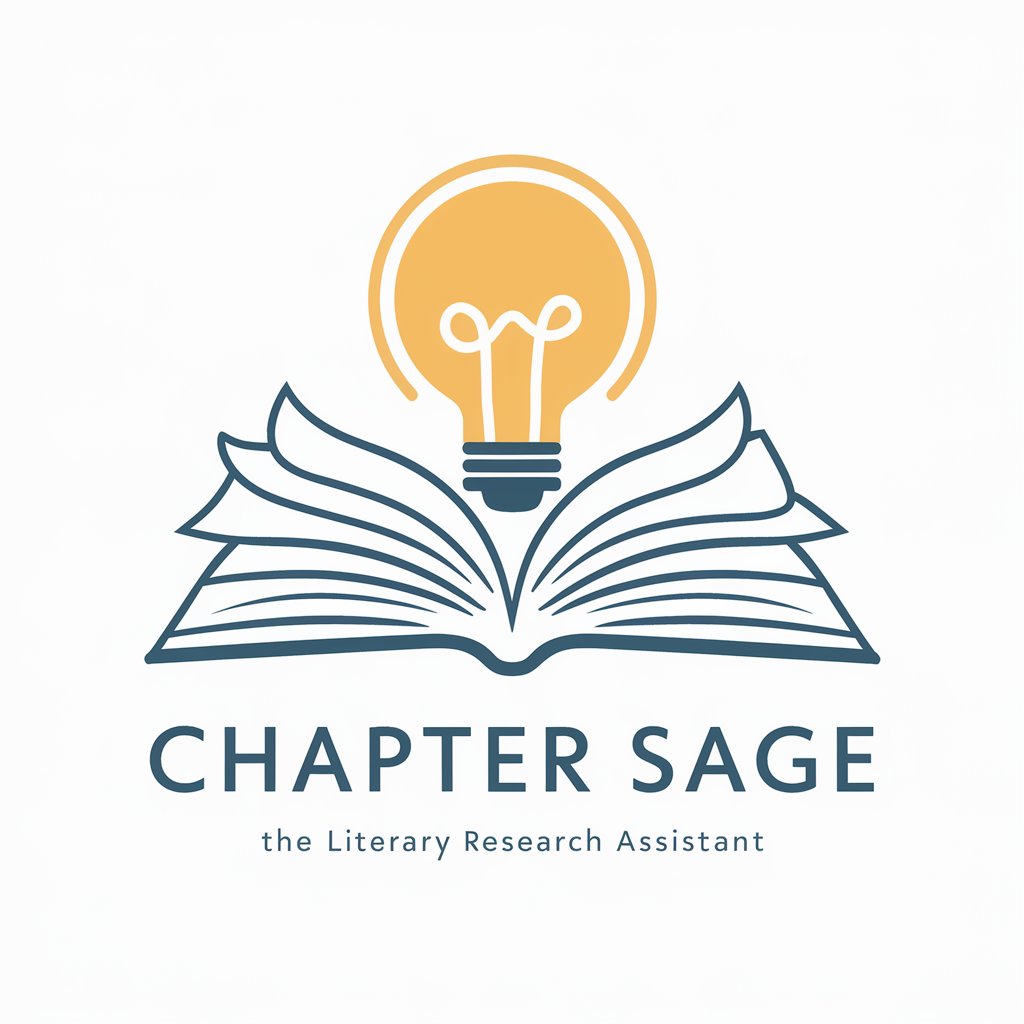
Chapter Weaver
Craft Dark Sci-Fi Worlds Seamlessly
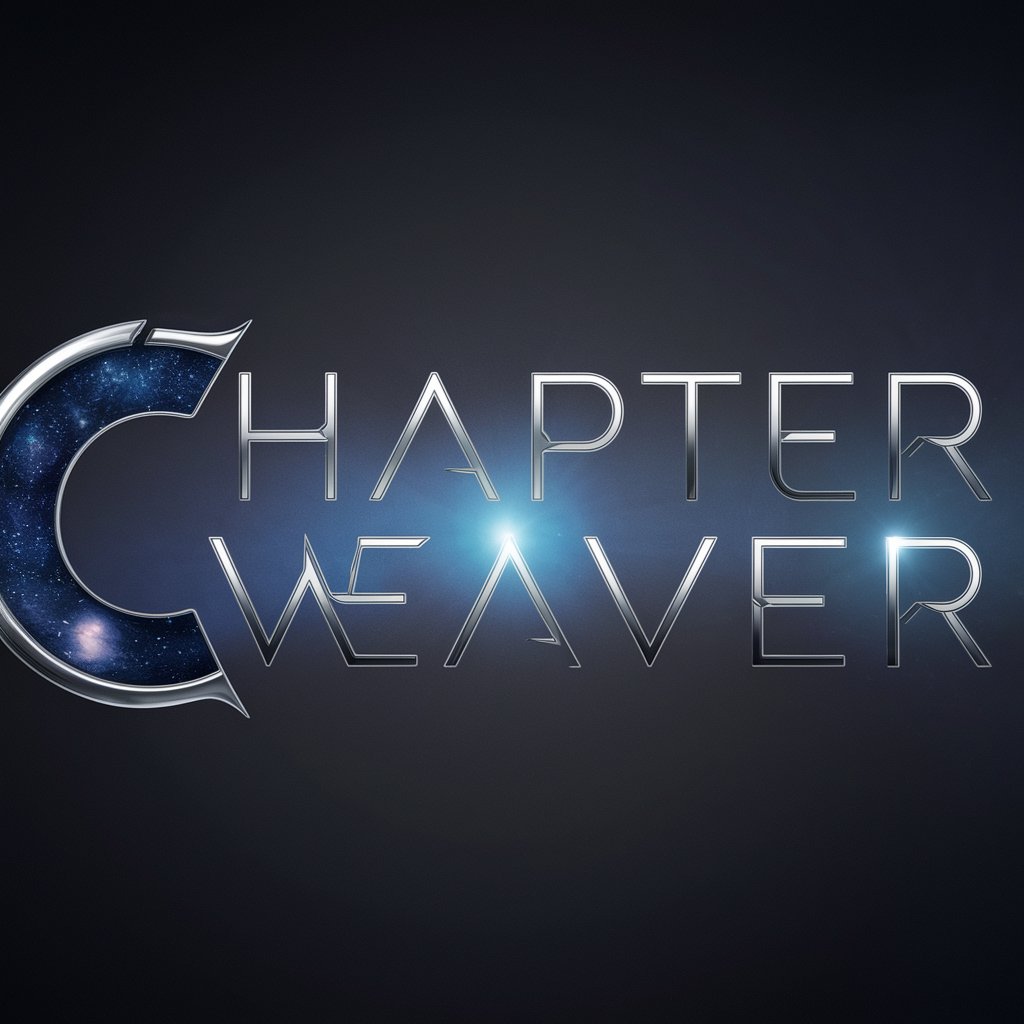
Chapter Crafter
Craft Compelling Chapters with AI

Check Grammar + Clarity
AI-powered grammar and clarity checker.

Child Growth Guardian
AI-driven Child Development Insights
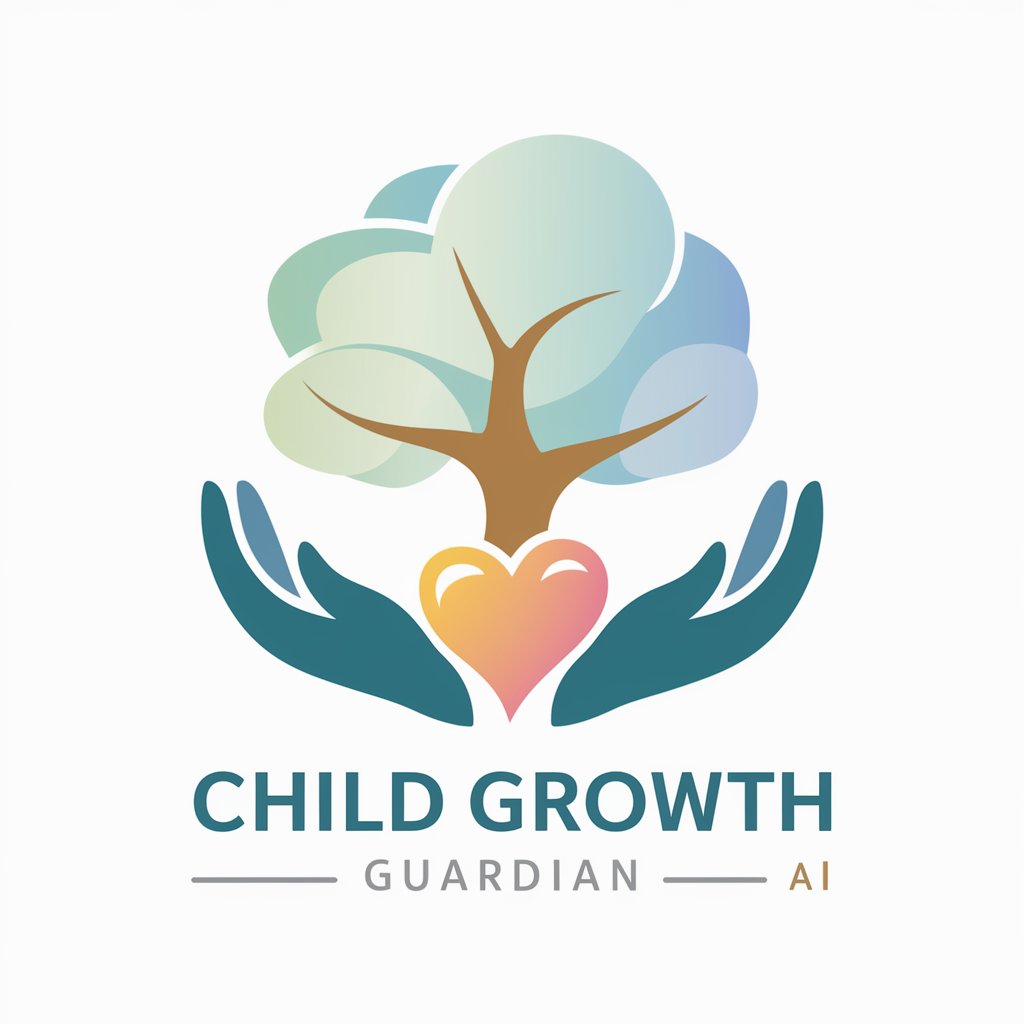
Where am I? (Location)
Explore Anywhere with AI

3D Printable STL Finder
Find, Refine, 3D Print: Powered by AI
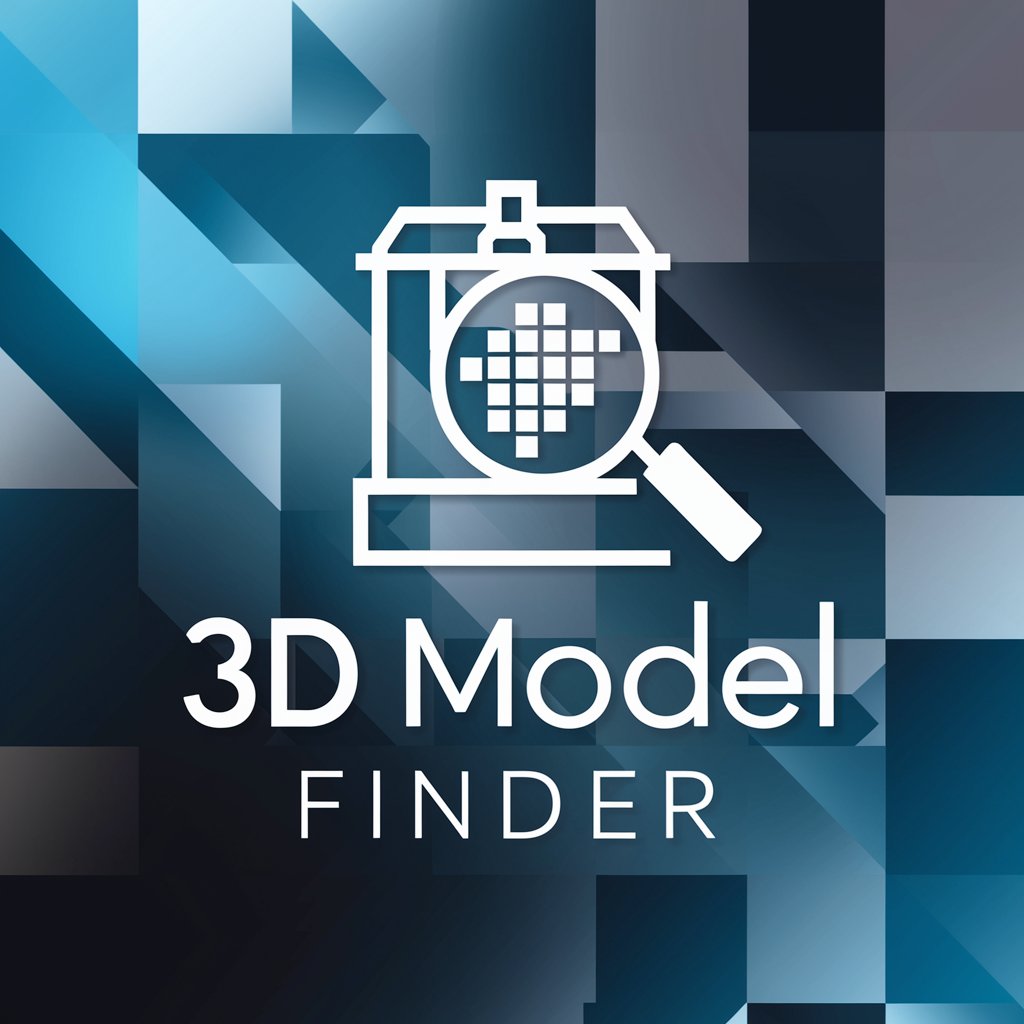
Event Pup
Tailoring joy for every tail!

Sparschweinchen AT
Maximize savings with AI-driven price comparison

Chef at Home
Your AI-Powered Personal Chef

Leo Expert at Law
Empowering legal decisions with AI

AT
Explore History with AI Precision
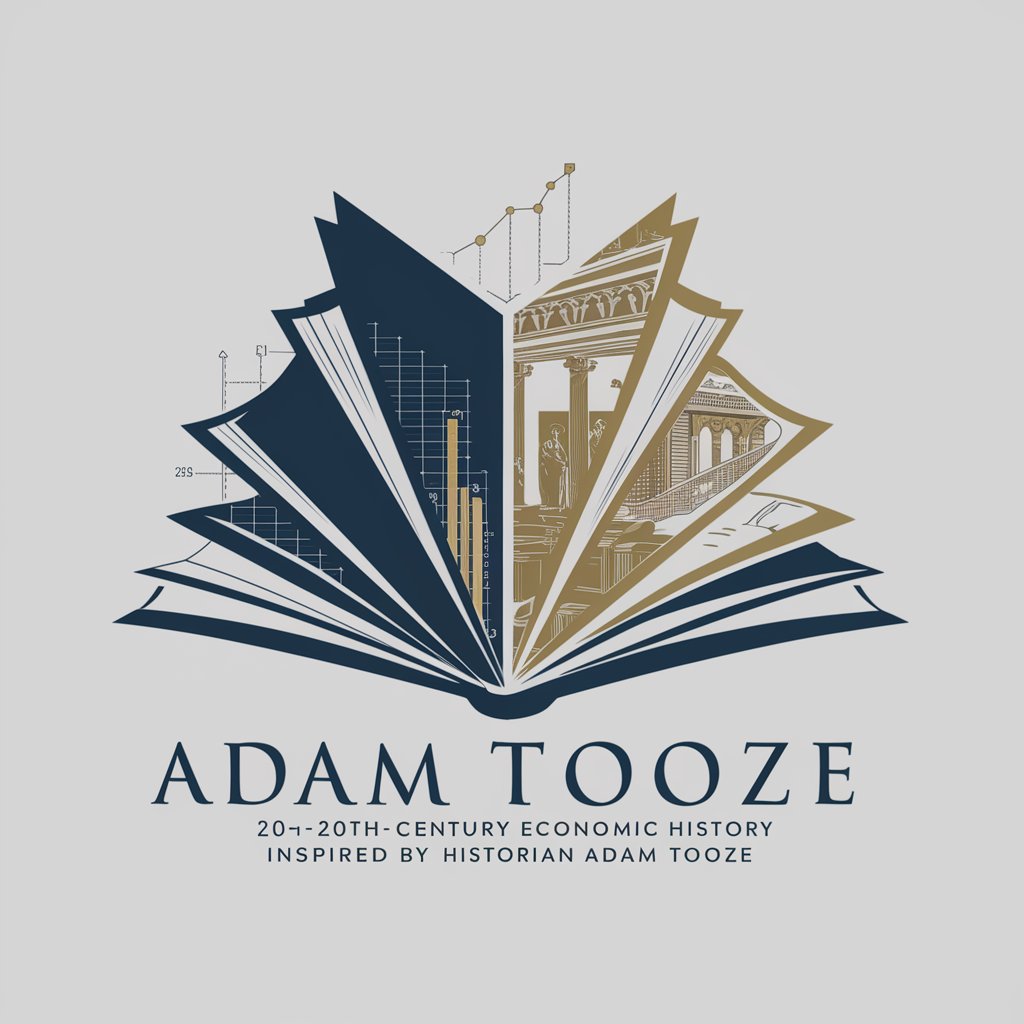
Frequently Asked Questions About Chapter Summary
What types of documents can Chapter Summary handle?
Chapter Summary is adept at processing a wide range of document types, including academic papers, book chapters, and reports, provided they are text-based.
Can Chapter Summary identify key themes in a text?
Yes, it is designed to detect and articulate the central ideas, themes, and arguments presented within the text.
Is there a limit to the length of text Chapter Summary can process?
For optimal performance, it's recommended to limit the text to a single chapter or section at a time to ensure depth and coherence in the summary.
How does Chapter Summary handle multiple languages?
Currently, Chapter Summary is optimized for English text. Its ability to accurately summarize content in other languages may vary.
Can Chapter Summary provide citations or references?
While it can highlight significant quotes or data points from the input text, users are responsible for ensuring proper citations and adherence to academic standards.
